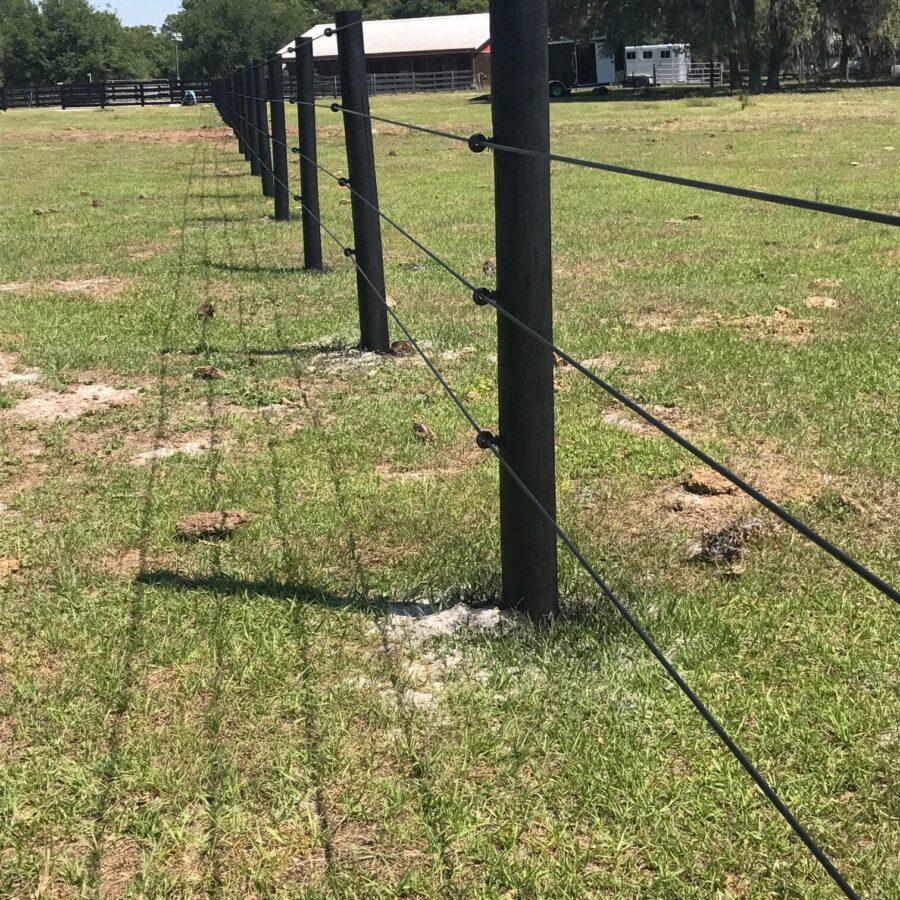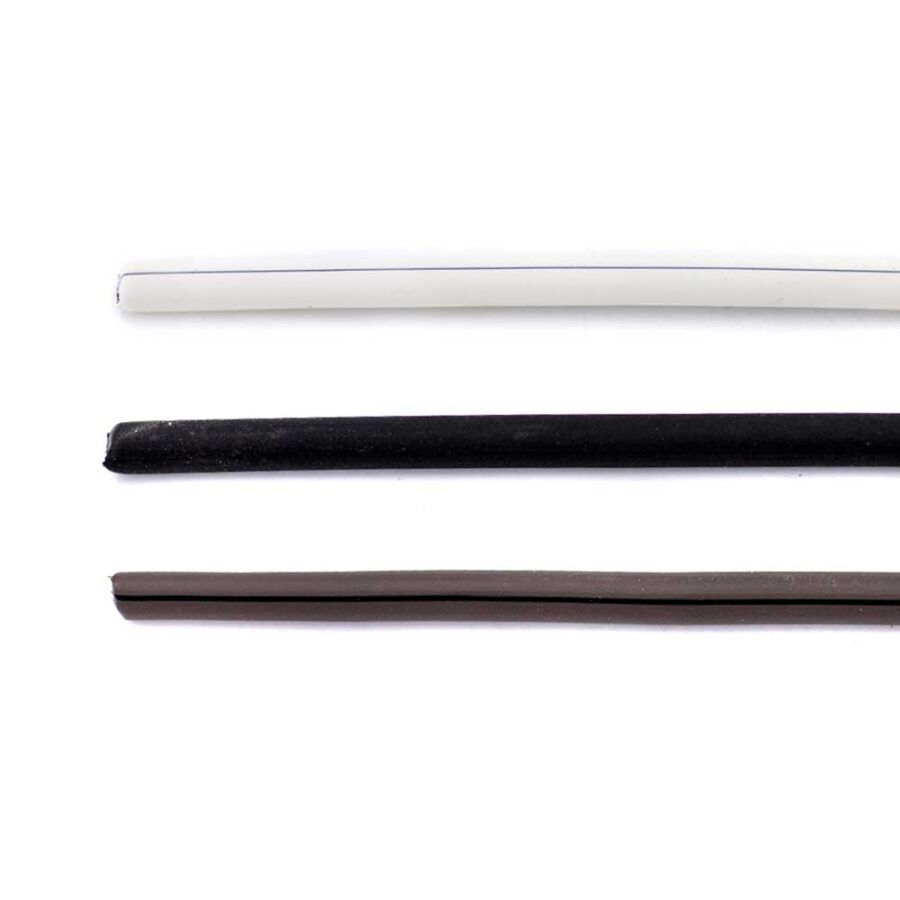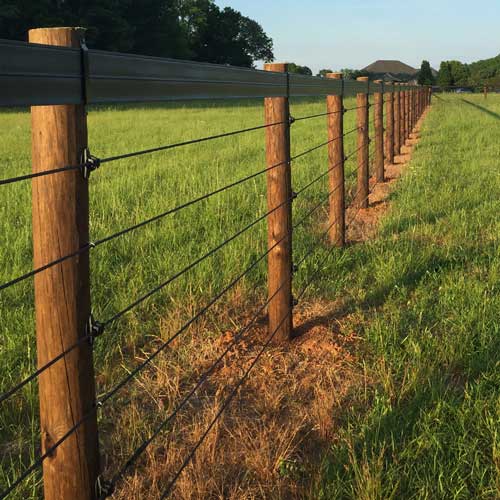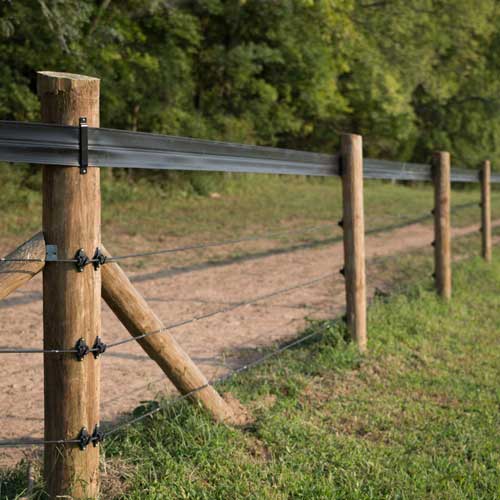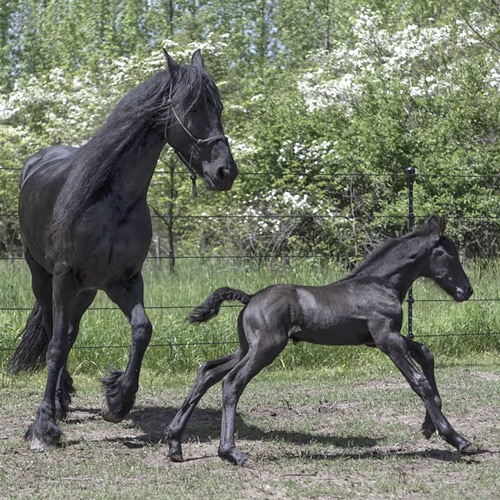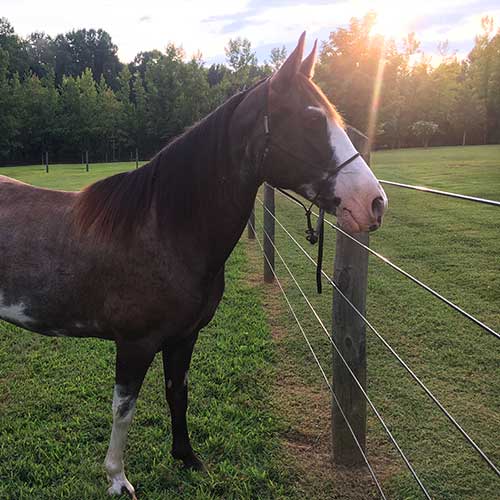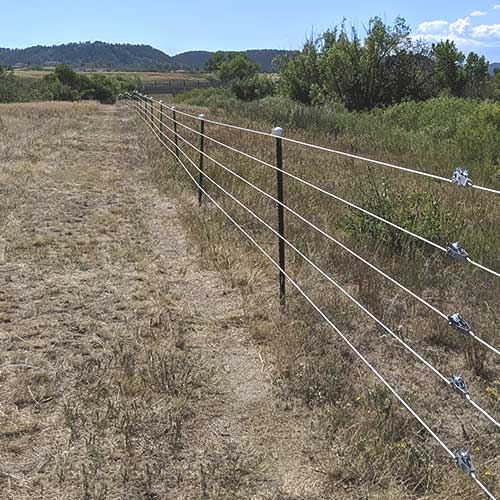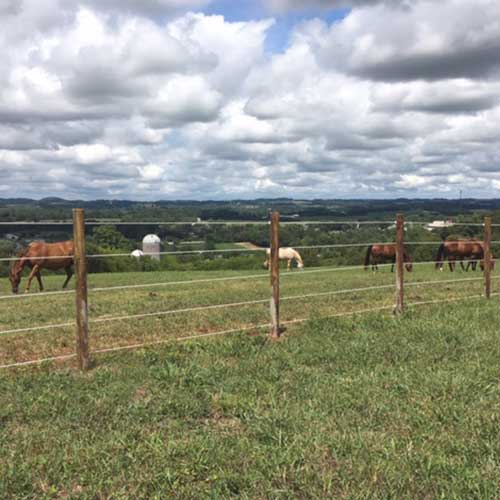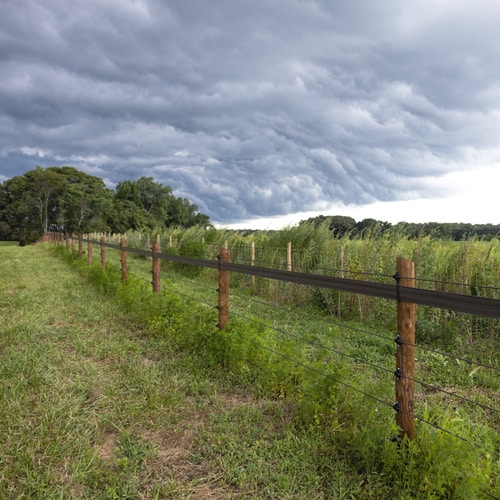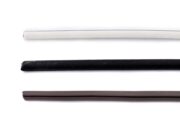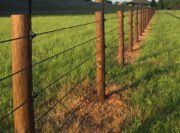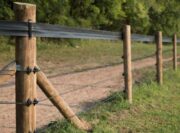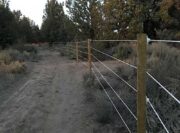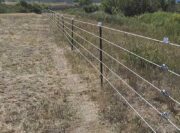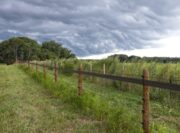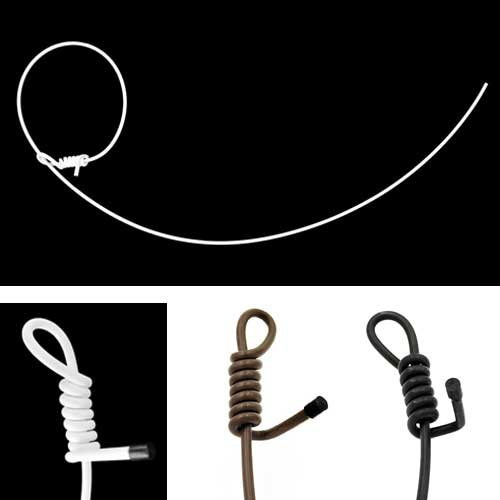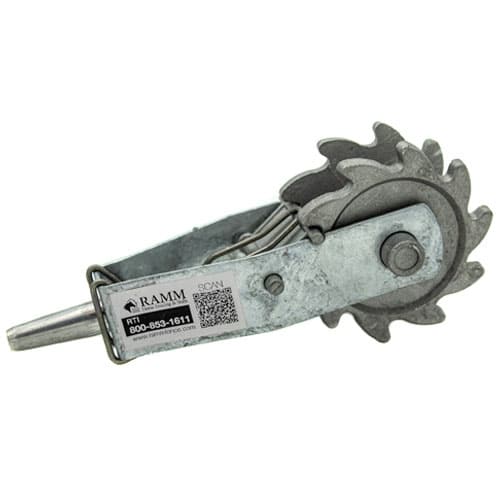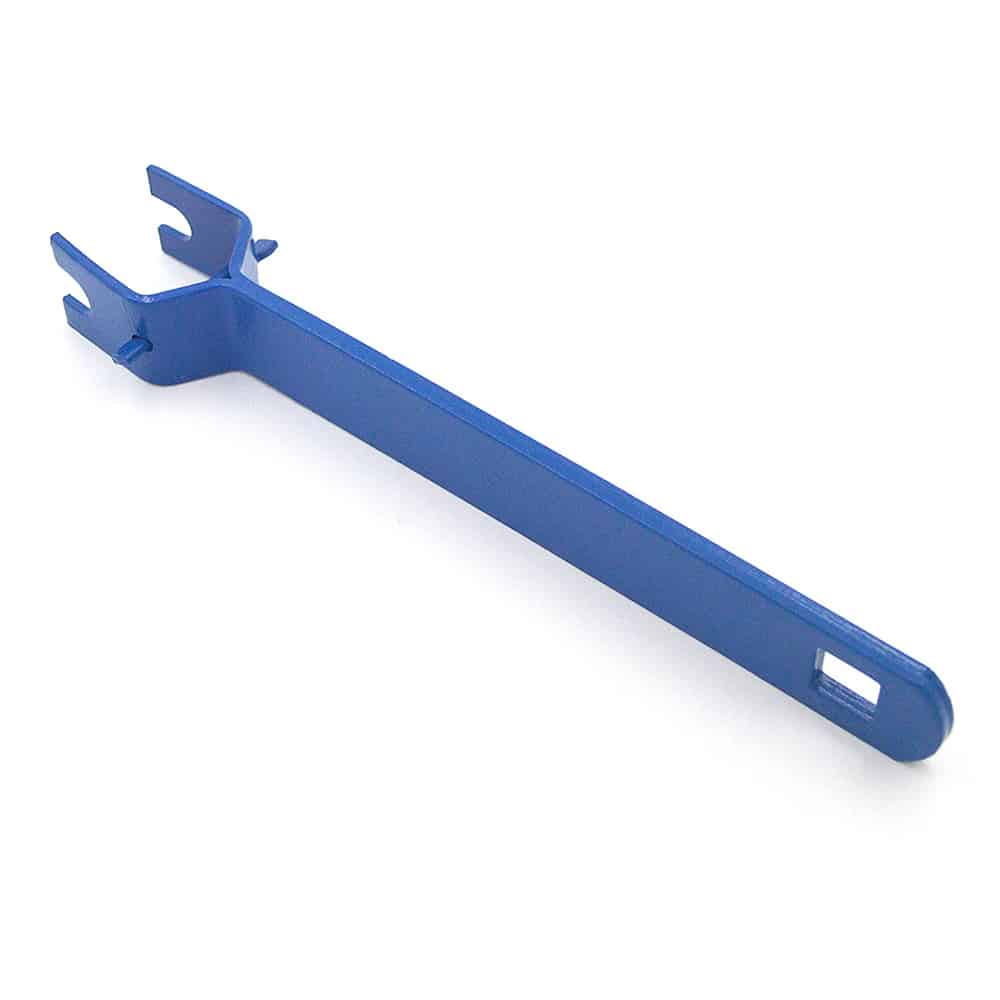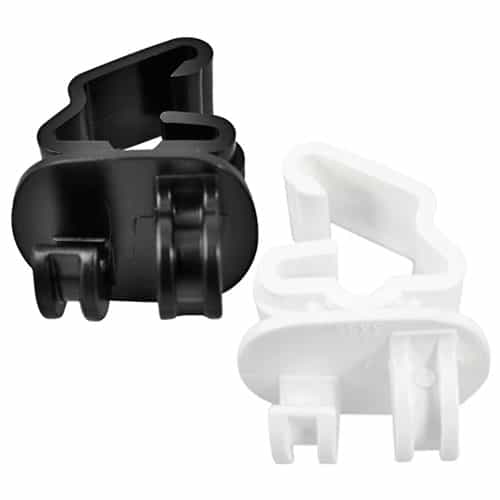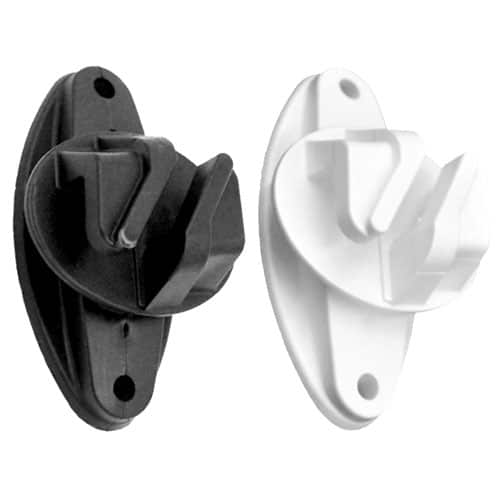Shockline Flex Fence Electric Coated Wire
Shockline Flex Fence is an electric polymer-high tensile wire rail. The rail contains 3 conductive purified carbon strips within the polymer. It is both aesthetically pleasing and gives a strong electric warning saying ‘stay away’! Shockline also has a break strength of 1,400 pounds per rail. One of our most popular choices that your horses will surely respect.
Your Price: $282.96
[yith_wcwl_add_to_wishlist]
Add a top rail of this electric horse fence to shared or common fence lines where horses that play and lean. Use between rails where horses reach through or at the bottom of your horses fence line to keep them from pushing rails to eat grass. Shockline will help maintenance costs by keeping abuse at bay. Can be used to lengthen the life of your existing fences too.
Highlights:
- Electric rail made for horses
- Flexes 6″-8″ on impact
- Thicker in diameter than others
- UV and Mildew protected
- Made in the USA!
Warranty:
Shockline Flex Fence electric coated wire has a 20-Year Ltd. Mfg. Warranty against any cracking, peeling, chipping, manufacturer’s defect, or weathering. It does not cover abuse or misuse. We recommend using the Mfg. Installation Instructions.
Rail Diameter: 5/16″
Roll Length: 1320′
Color: Black, White, Brown
Break Strength:
- 5 rails = 7,000 lbs of break strength (minimum number of rails)
- 6 rails = 8,400 lbs of break strength
- 7 rails = 9,800 lbs of break strength
- 3 rails of 525 and 2 rails of Shockline
- Top rail of 425 with 4-5 rails of Shockline
- Every other rail Per4mance and every other rail Shockline
- Top and bottom rail wide Flex rail with 4-5 Shockline in between.
Fence Material: Class 3, 12.5 gauge galvanized high tensile steel wire, coated with polyolefin plastic and 3 pure carbon conductive strips.
Fence Type: Electric, Tensioned Fence System
Fence Post Compatibility: CCA Pressure-Treated Posts or T-Posts
Warranty: Shockline Flex Fence electric coated wire has a 20 Year Ltd. Mfg. Warranty against any cracking, peeling, chipping, manufacturer’s defect or weathering. It does not cover abuse. We recommend using the Mfg. Installation Instructions.
Below are links to our Flex Fence installation instructions in PDF files, which you can save and print for future reference:
Raceline/Shockline/End Loop Installation Manual
